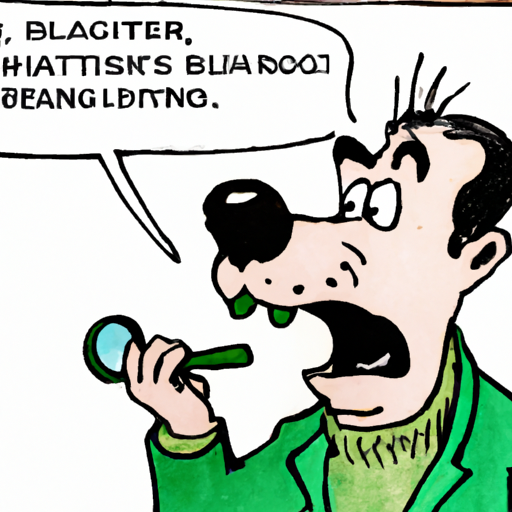If you’ve ever been on the receiving end of a wet, slobbery dog kiss, you know that the unpleasant odor can sometimes take the joy out of the experience. Not to worry, dear caregiver, we’ll be exploring potential causes of your dog’s bad breath and what steps you can take to freshen up the situation.
1. Possible Reasons for Your Dog’s Bad Breath
Your dog’s bad breath could be the result of a few different factors:
- Diet: Some dog foods contain ingredients that can lead to bad breath.
- Dental Disease: This is actually the most common cause of bad breath in dogs.
- Gastrointestinal Issues: If your dog has a problem with its stomach or intestines, bad breath could be a symptom.
2. Dental Diseases in Detail
Just like in humans, plaque and tartar can build up on your dog’s teeth and cause bad breath. This could lead to periodontal disease if left untreated, which can result in painful inflammation and tooth loss. Here’s a quick table to illustrate some of the stages:
| Stage | Description |
|---|---|
| Mild Gingivitis | The gums may be red and swollen, and bad breath may be noticeable |
| Moderate Gingivitis | The gums are likely very irritated, swollen, and may bleed easily |
| Severe Periodontitis | Chronic bacterial infection that is damaging the gums, teeth, and bone |
3. How to Prevent Dental Disease
Prevention is always better than cure, especially when it comes to your dog’s dental health. Here are some tips:
- Regular Brushing: Aim for at least once a day.
- Use Dental Chews: These can help remove plaque and tartar.
- Regular Check-ups: Visit your vet for a dental check-up at least once a year.
4. When to Seek Veterinary Help
If you’ve tried improving your dog’s diet and dental hygiene but the bad breath persists, it may be time to consult a professional. Particularly if your dog is showing other signs of illness such as loss of appetite, vomiting, or excessive drinking and urinating.
5. FAQs
Q: What’s the best diet for my dog’s oral health?
A: A balanced diet is key. Some vets recommend dry food as it can help clean your dog’s teeth.
Q: Can I use human toothpaste to brush my dog’s teeth?
A: No, human toothpaste isn’t safe for dogs. Use a toothpaste specifically designed for dogs.
Q: How often should I take my dog to the vet for a dental check-up?
A: Ideally, you should take your dog for a dental check-up once a year.
Now you know, dear caregiver, that your dog’s bad breath might be more than just an unpleasant reality. It could be an indication of an underlying health issue. It’s important to pay attention to small signs and take action when necessary. After all, a healthy dog is a happy dog, and a happy dog makes for a happier you.



